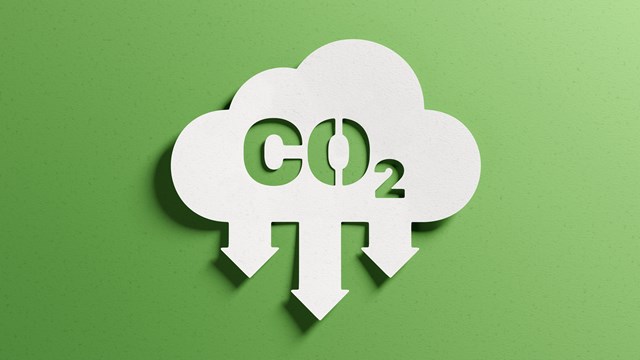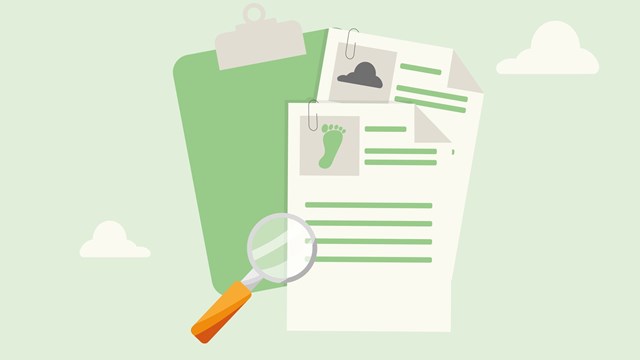Local Law 97 (LL97), part of New York City’s drive to achieve a zero carbon footprint by 2050, looms large for both the city’s landlords and the boards of shared-interest communities. The cost of compliance is high, and the process complicated. But noncompliance could be even more costly - and as Giulia Alimonti, vice president for building envelope services for Entuitive, an architectural and engineering firm with offices in Manhattan notes, communities should look toward their own structures as a tool in both complying with the law and fighting climate change.
Reduce Loss, Increase Compliance
The first line of defense is actually your building envelope, explains Alimonti. “Local Law 97 mandates lowering CO2 emissions in the atmosphere,” she says. “Burning gas and oil emits CO2. Your building envelope must be airtight, so you don’t have the movement of air between exterior and interior spaces, which results in losing heat in the winter and cooling in the summer.” A sound envelope requires less energy to heat and cool, thereby reducing both its potential carbon footprint and energy costs.
The hard truth is that many shared-interest communities can’t afford to convert their boilers or HVAC systems to electric – yet must still reduce the amount of carbon fuels they’re burning in order to comply with LL97. Fortunately, Alimonti points out that “You can improve your insulation, which in turn will use less fuel, and result in less CO2. This savings is accomplished by sealing joints, windows, and air conditioning sleeves. You want to prevent uncontrolled exchange.” Doing so benefits the co-op or condo because by reducing heating and cooling loads, they can continue to use fossil fuel, but are using less - at least for the time being.
Specific Steps, Have a Plan
According to Alimonti, the first step in LL97 compliance is to do a building envelope assessment. “Where is the heat and air conditioning escaping from? We use infrared technology surveys to determine this. Typically we survey the windows, AC sleeves, and the roof. Problems on the roof are usually related to water infiltration. It’s critical to locate the weak spots.
“Step two,” she continues, “is to replace the windows, or install window inserts like interior storm windows. Most people thought storm windows were a thing of the past, but everything old is new again, as the saying goes. In some buildings we recommend over-cladding the façade with insulation and stucco, known as exterior insulated finish systems, or EIFs.”
Reasonable Outcomes
Once your envelope is airtight, the benefits will be almost immediate. “You’ll need less heat in winter and less cooling in summer,” says Alimonti - and that saves money. “As an example, during winter and summer your building will be less exposed to extreme ranges of temperature. A well-insulated envelope is resilient. It dampens the effects of extreme weather. Sealing the building envelope prevents uncontrolled water infiltration. You also prevent the less obvious effects of water infiltration, like damage to building systems and interior finishes.”
And the benefits are more than just financial; sealing projects improve a building’s indoor air quality, which literally helps residents breathe easier. As Alimonti notes, with a properly insulated envelope, “You don’t have smoke infiltration from Canadian wildfires seeping in through the windows.”
Payback
Your building envelope evaluation should give options for improvements within targeted timelines established by Local Law 97. Start with improvements that provide the biggest savings year-over-year - low-hanging fruits like windows, and then the roof. “The greatest payback is replacing or retrofitting the windows,” says Alimonti. “There are CERDA incentives available. The second project should be the roof. Between now and 2050 you’re saving a lot of money through envelope improvements. Replace the boiler later, when you have accumulated enough savings to afford it.”
Results, of course, will vary building to building, based on the age, size, construction materials and quality, and an array of other factors - but compliance with LL97 is about more than just avoiding fines - it’s about saving, both on energy costs, and the environment itself.










Comments
Leave a Comment